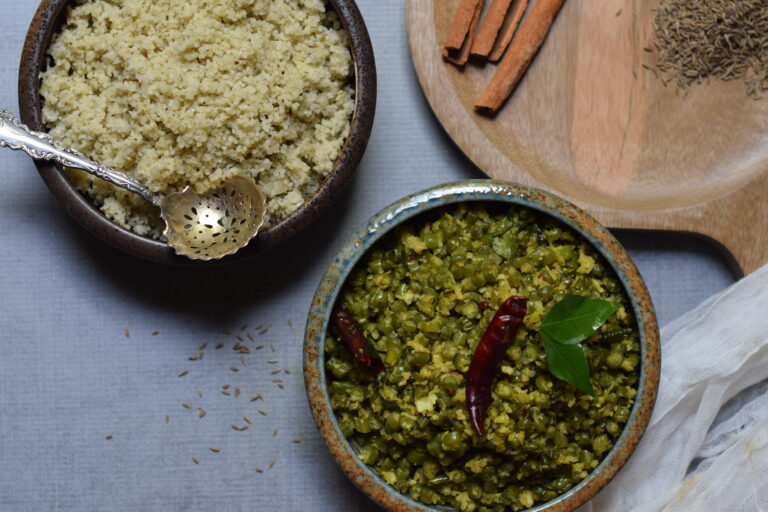Having lived in Tamil Nadu my whole life, the traditional local cuisine has always been a part of me. Millets were a staple in ancient times, replaced more recently by rice and wheat. Unlike what most contemporary nutritionists believe, Macrobiotics suggests that rice, in moderation, does not have negative effects on health. Adding millets into one’s diet, as a healthy alternative or addition to rice, can boost the health quotient without compromising on taste. More importantly, millets are gluten-free, offering a great solution for those who are gluten intolerant.
Nowadays, the health-conscious hark on about quinoa, which is a great superfood – however, it is not native to India. They tend to ignore the affordable local millets, which offer the same (if not a greater) amount of nutrition and could themselves be superfoods!
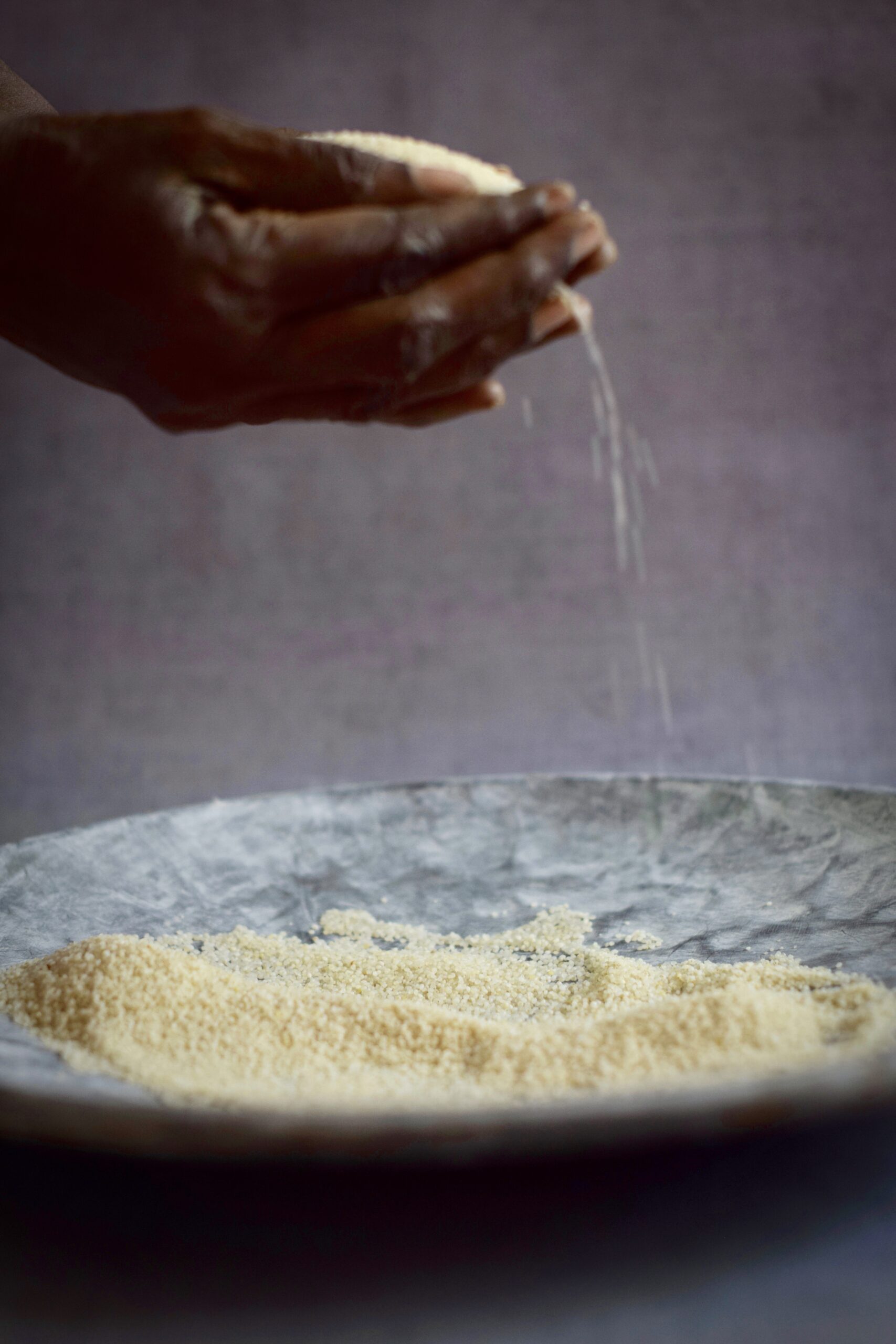
Unpolished millets are healthiest, as the nutrients are not removed, so if you have access to them, I would highly recommend adding them to your diet! These coarse grains are rich in iron, calcium, potassium, vitamins, phosphorus and other essentials. Each millet has its own nutritional value. Typically, warming millets are used in winter while lighter ones are consumed in the summer months. Overall, as a food group, all millets are high in fibre and protein. They help control diabetes, prevent arthiritis and heart disease and are loaded with antioxidants. Popular millet types include ragi (finger millet), kambu (pearl millet), panivaragu (proso millet), kuthiravali (barnyard millet), thinai (foxtail millet) and so on.
Millets can be used to make all the South Indian staples, such as upma, dosa and idli, instead of rice flour. In fact, they’re so perfect as a rice replacement that I hope you’ll enjoy my take on millet “rice”, using samai, also known as little millet.
Little Millet Rice
(Yields: 4 servings)
2 cups little millet
1 cardamom (peeled)
1 teaspoon fennel seeds
½ teaspoon cinnamon powder
½ teaspoon cumin seeds
1 tablespoon coriander leaves
1 tablespoon coconut (grated)
½ inch piece of ginger (finely chopped)
2 cloves of garlic
1 green chilli
1 cup coconut milk
1 cup warm water
2 ½ tablespoons onion (finely chopped)
1 tablespoon ghee
Salt to taste
For this recipe, I have used samai or little millet, which I prefer since it feels closest to rice and thus makes the ideal substitute. You may use any millet that you are familiar with, but bear in mind that the cooking time will change accordingly. Play a little with the flavours to suit your taste.
Rinse and soak the millets for about 15 minutes and set aside.
Grind the coriander leaves, coconut, ginger, garlic and green chilli into a coarse paste. Add the cardamom, cinnamon and fennel seeds to this paste and blend well.
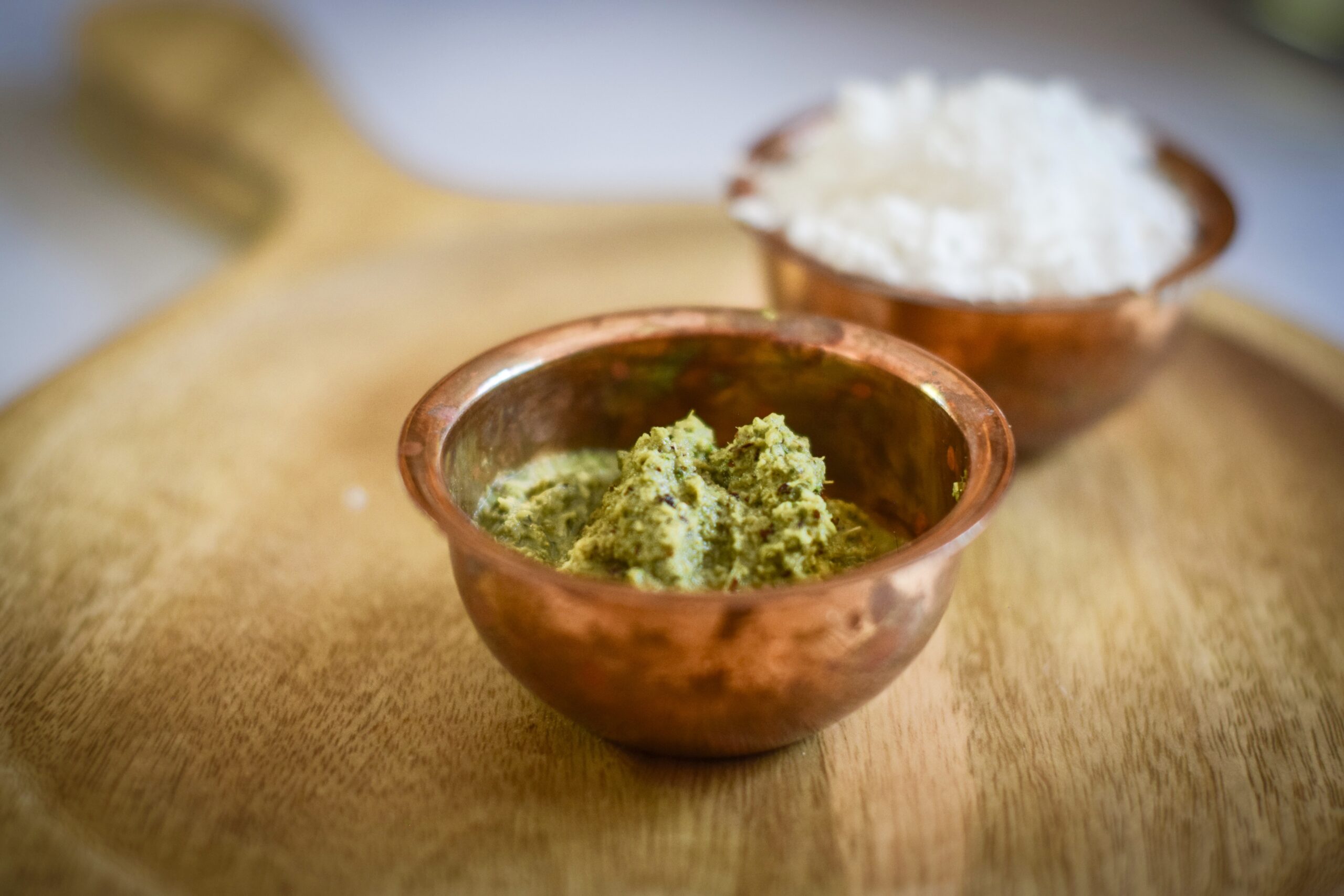
In a non-stick pan, add ghee and the cumin seeds. Allow the cumin to turn golden. Now add onions. Sauté them for about a minute. Then, add the spice paste and stir occasionally for about 30 seconds.
Add the millets to the pan, followed by the warm water, coconut milk and salt. Stir once. Cover and cook on a low flame. Stir gently occasionally so that the millets don’t stick together.
This took about 8 minutes to cook for me, but the time will be variable – depending on everything from the kind of millet to the kind of stove you use. You will notice that once the dish has cooked, the water will be absorbed, leaving the millets well-cooked, moist and delicate.
Sprinkle mint leaves or a garnishing of your preference and serve while warm, with a side of vegetables of your choice. I like my little millet rice with a traditional Tamil stir-fry, the green beans poriyal.
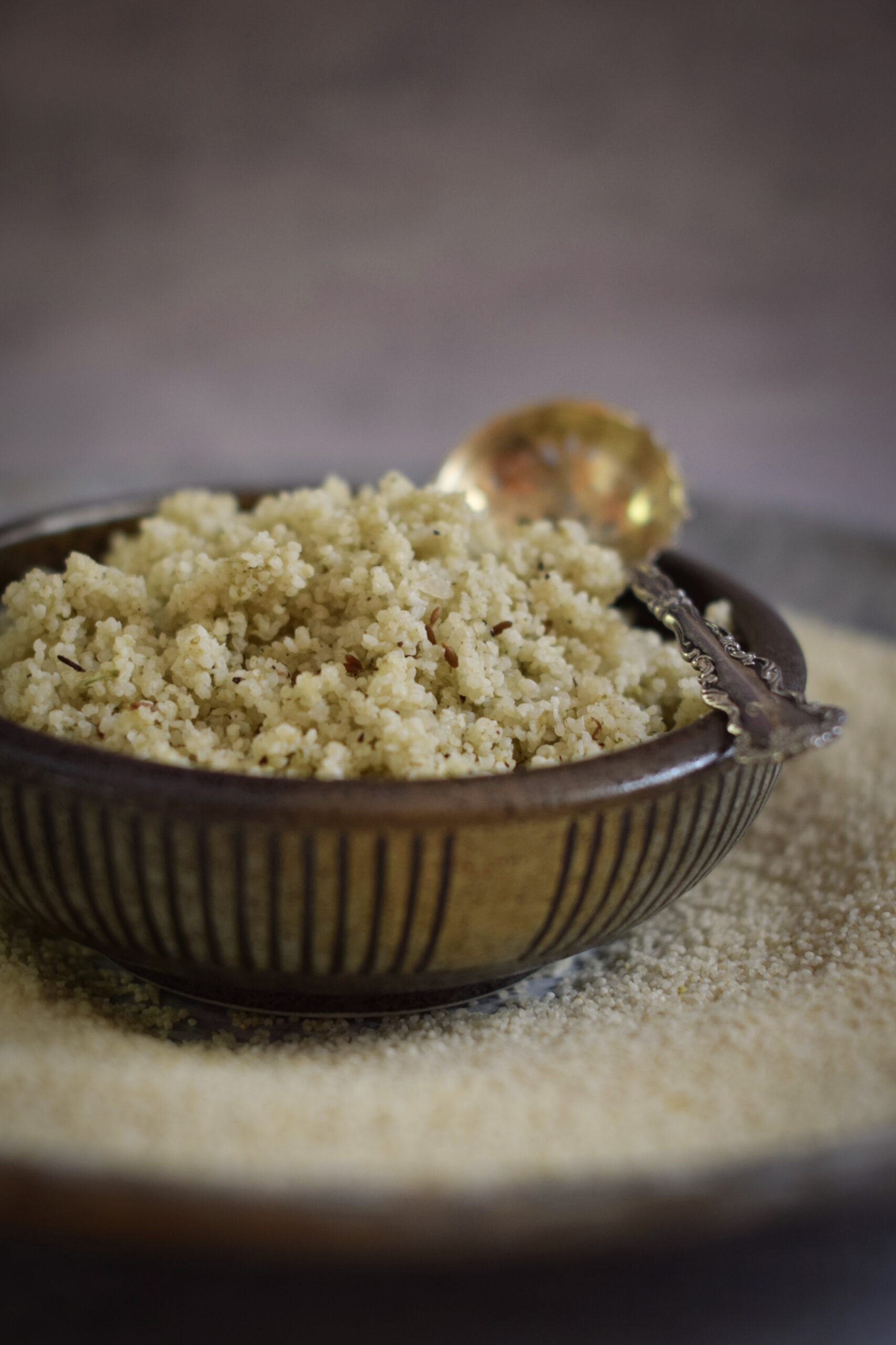
Green Beans Poriyal
(Yields: 4 servings)
2 cups chopped beans
A pinch of turmeric
½ teaspoon coriander powder
1 dry red chilli
1 teaspoon urad dal (black lentil/black gram)
½ cup grated coconut
½ teaspoon cumin
Curry leaves
1 tablespoon coconut oil
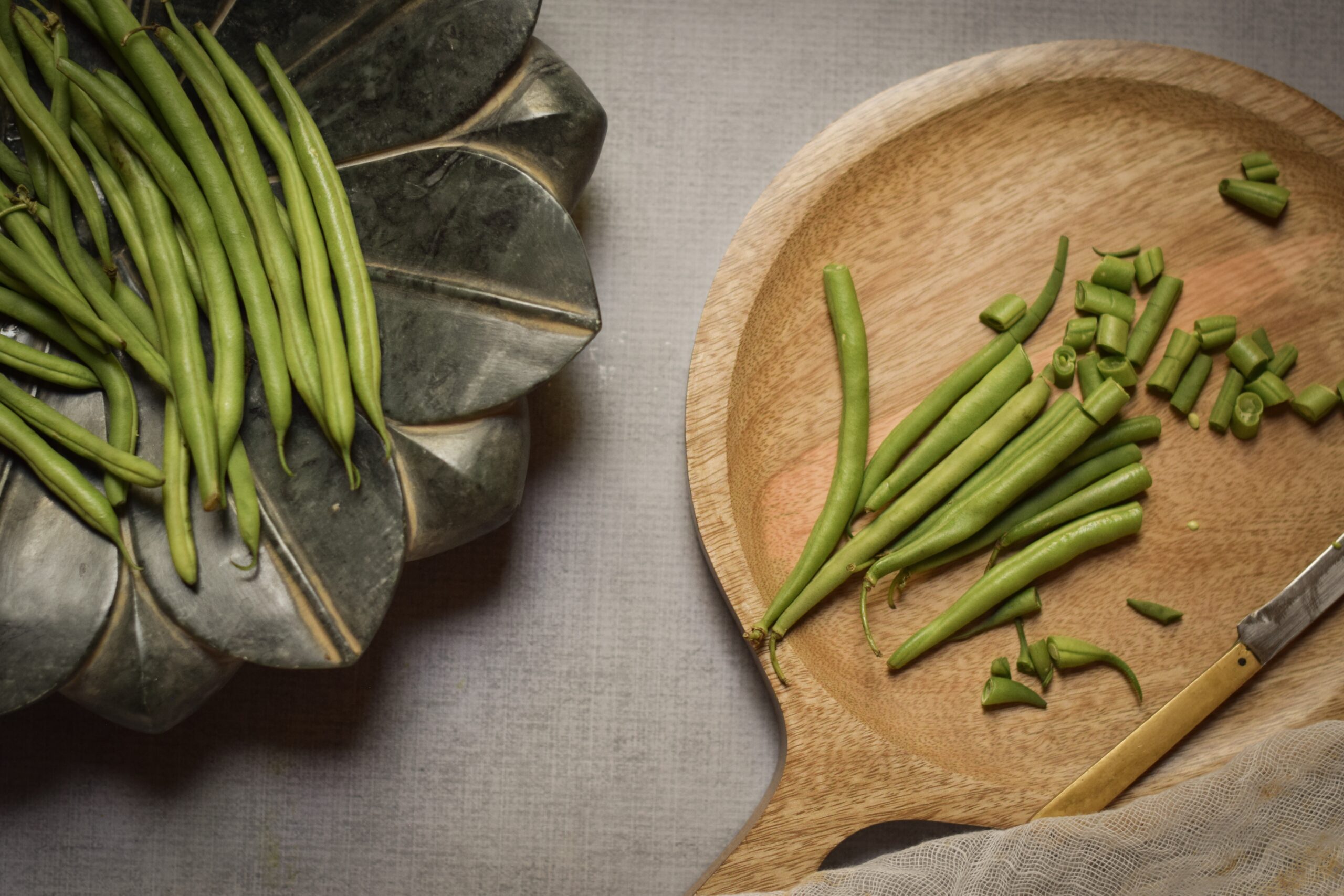
A poriyal is any kind of Tamil-style stir-fry, and the simple green beans poriyal is one among many tasty side dishes you could make for the millet rice. The oil used to make a poriyal is usually either coconut oil or sesame oil. Here, I have opted for coconut oil.
Heat the oil in a wok. Add curry leaves, cumin seeds and urad dal. Sauté these till browned. Urad dal, also known as black lentil or black gram, originated in India and has been cultivated since ancient times. It is used in dosas (South Indian crepes), as well as in the tempering of numerous dishes.
Once the sautéing is complete, add the dry red chilli. Then add the green beans and a pinch of turmeric. Turmeric is not just packed with health benefits, but gives the dish a vibrant look. After all, presentation is important when it comes to serving! Stir well and cover. Allow to cook on a low flame for approximately 10-15 minutes or until tender.
Finally, add the grated coconut, salt and coriander powder. Stir until the beans are well-coated. Turn off the flame.
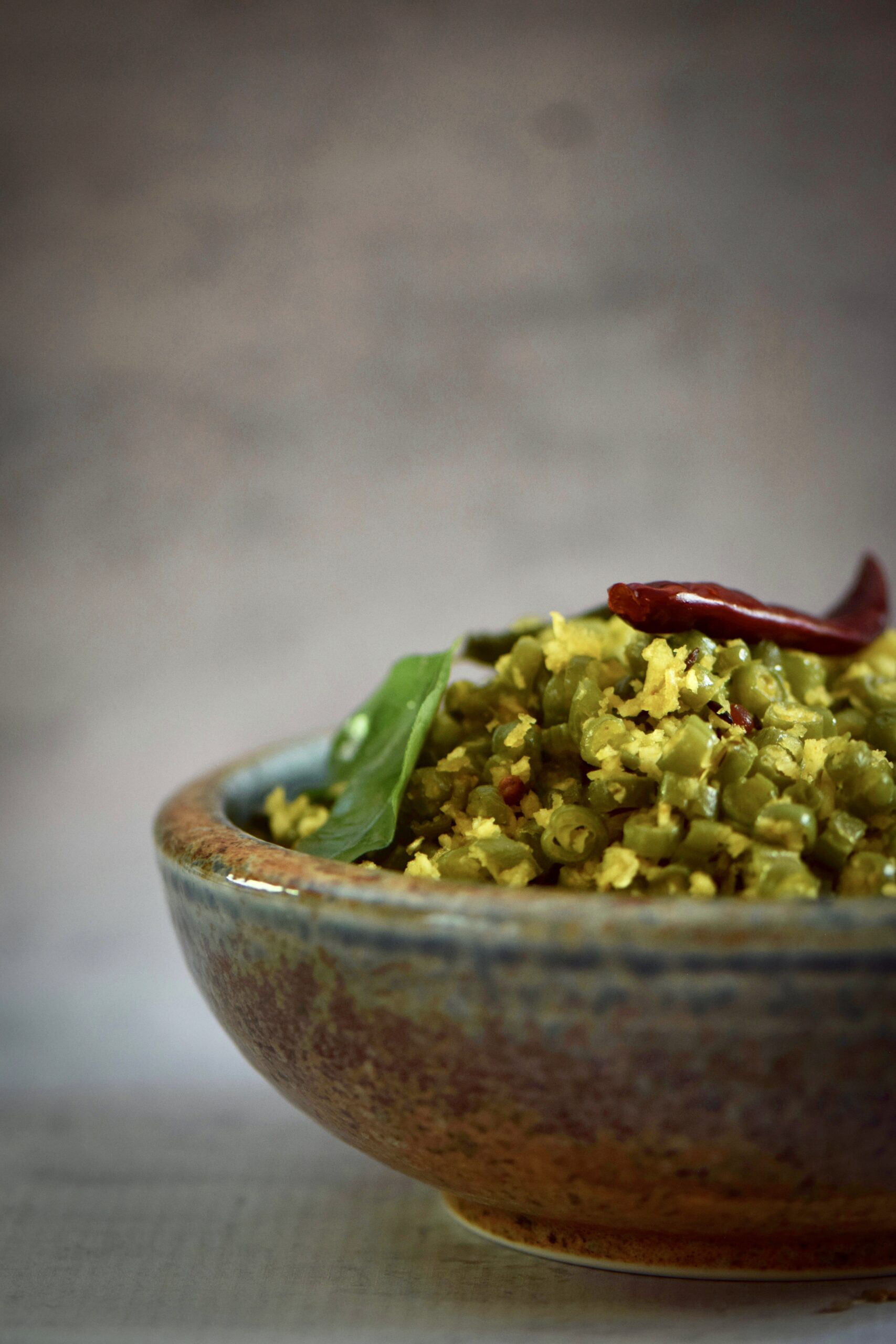
Ensure both the millets and the beans are warm when being served. Traditional Indian meals usually feature an array of dishes so that different tastes are incorporated within the same meal. On the other hand, the simplicity of one staple and one side dish has that hard-to-beat homemade feel of all comfort food.
While reading about millets, I learned that the reason for the staggering decline in millet consumption in India was directly related to central government laws in the mid-20th century which shifted the focus to mass cultivation rather than localised agriculture. This was India’s Green Revolution.
In my kitchen, I try to keep the Macro revolution going every day. What drew me to the science of Macrobiotics was how it is rooted in ancient wisdom. Long before supermarkets and processed food, all our ancestors ate according to the seasons. This is why the simple logic of this culinary science, which is based on aligning to what’s in our environments and being conscious of what we put in our bodies, appeals to me. Macrobiotics supports the local environment and local producers; it’s not just healthy for the body but keeps you connected to who you are, where you are, and where your heart lies…

